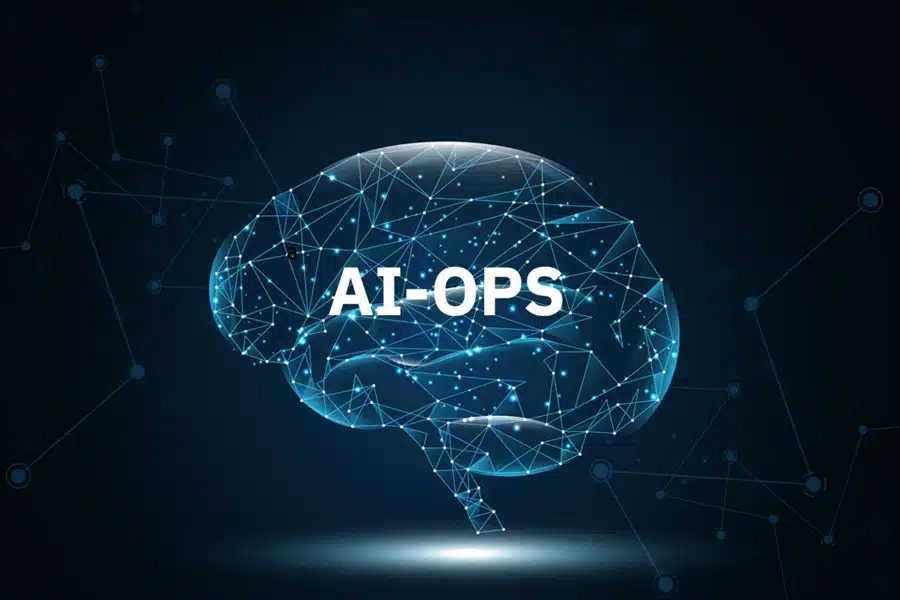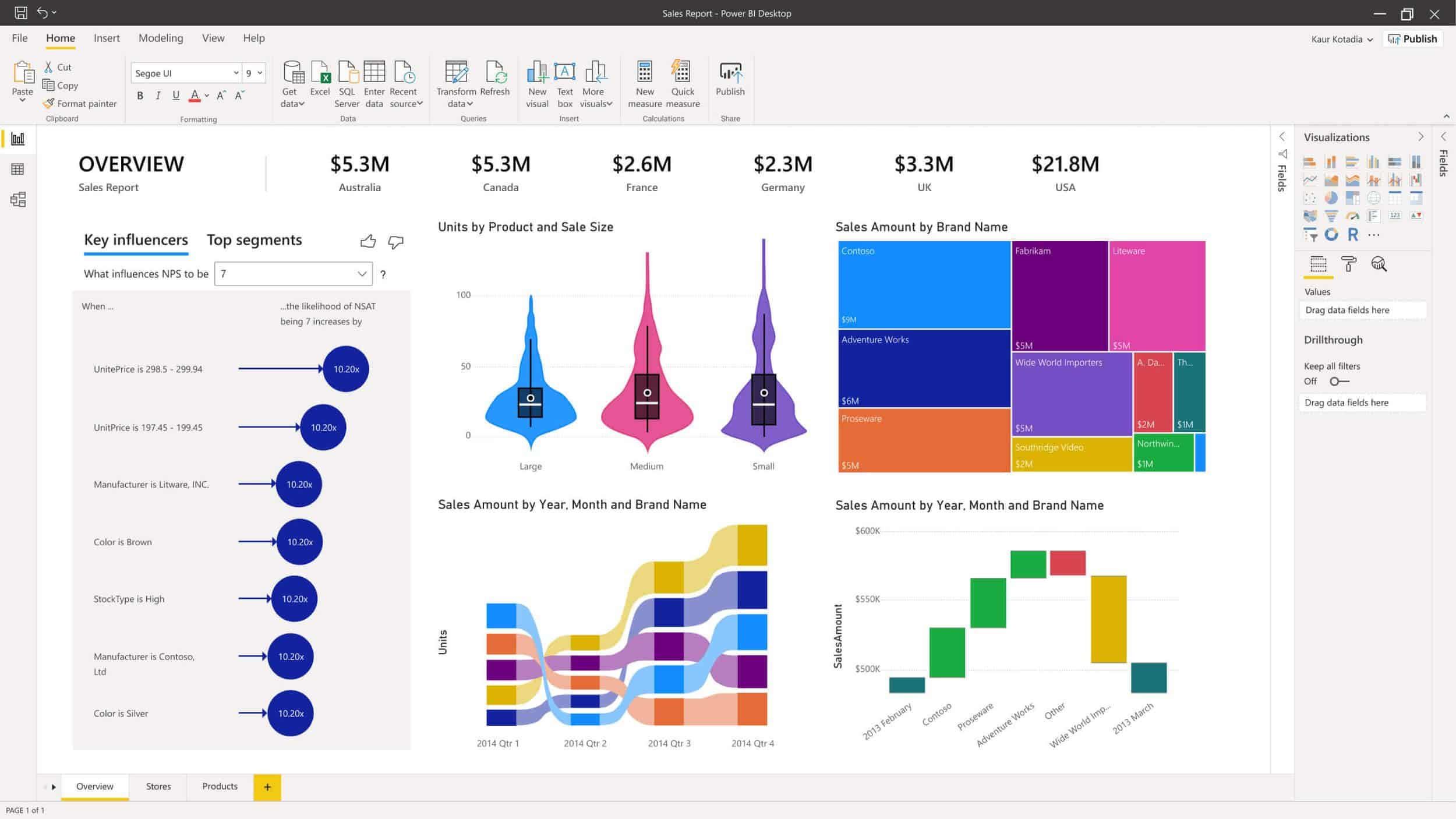Related Resources
Microsoft Fabric is as a comprehensive solution that integrates data movement, data science, real-time analytics, and business intelligence within a unified interface. But what prompted Microsoft to develop Fabric? The answer lies in the evolving data landscape. Companies were juggling multiple tools, each serving a different purpose, leading to inefficiencies and increased costs. Fabric’s inception aimed to streamline these processes, offering a single, integrated platform for all analytics needs.
What’s New with Microsoft Fabric?
Microsoft Fabric is not just an enhancement of existing tools; it represents a paradigm shift in how data analytics are approached. By integrating services like Power BI, Azure Synapse Analytics, and Azure Data Factory, Fabric consolidates multiple functions into a single, user-friendly platform. This integration means users can handle everything from data ingestion to report generation without switching between various applications. It’s a game-changer for small businesses looking to harness the power of data without the complexity of managing numerous software solutions.
Image Source: Fabric Community
Prime Benefits of Microsoft Fabric
The simplicity and efficiency provided by Microsoft Fabric translate into several key benefits:
- Seamless Integration: Offers a unified solution that combines various data processes, reducing the need for multiple vendors.
- Cost Efficiency: Simplifies your analytics stack, potentially lowering overhead costs associated with managing separate tools.
- User Experience: Provides a coherent experience tailored to different roles, allowing data scientists, engineers, and business users to work within a single platform.
Top Features of Microsoft Fabric
Fabric’s standout features are tailored to enhance productivity and insights:
- Data Engineering: Facilitates data movement and transformation with ease.
- Real-Time Analytics: Provides cutting-edge tools for handling streaming data and generating real-time insights.
- Power BI Integration: Empowers users with advanced visualization and reporting capabilities.
- OneLake Storage: Centralizes data storage, ensuring secure and efficient access across all platforms.
Data Flow and Storage with Microsoft Fabric
Microsoft Fabric redefines data flow and storage through its innovative OneLake architecture. OneLake acts as a centralized data repository, eliminating data silos and enabling seamless data access and analysis. This unification allows businesses to manage their data more effectively, ensuring consistency and improving decision-making processes.
Data Organization with Microsoft Fabric
Fabric organizes data using a hierarchical structure, akin to Microsoft OneDrive’s file system, allowing for intuitive data management. With OneLake, organizations can create workspaces and lakehouses, which facilitate collaborative data processing and analysis. This organization ensures that every stakeholder has access to pertinent data, enhancing overall productivity.
Data Security with Microsoft Fabric
Security is paramount with Microsoft Fabric. It offers robust governance features powered by Purview, ensuring that data is protected against unauthorized access. Additionally, permissions and sensitivity labels are automatically applied across the platform, maintaining consistent security protocols.
Integrating OneLake with Power BI
OneLake’s integration with Power BI is a pivotal feature that simplifies data visualization and sharing. Users can seamlessly transition from data discovery to insights generation, leveraging Power BI’s powerful analytics tools. This integration empowers businesses to make data-driven decisions swiftly and efficiently.
How Microsoft Fabric Benefits Small Businesses
For small businesses, Microsoft Fabric offers a cost-effective way to leverage powerful analytics without a steep learning curve. The platform’s integrated nature reduces the need for specialized IT staff, allowing small teams to capitalize on data insights comprehensively. With Fabric, small businesses can compete more effectively, focusing on growth rather than grappling with complex data systems.
Getting Started with Microsoft Fabric
Starting with Microsoft Fabric is straightforward. Businesses should begin by exploring the platform’s components, understanding how each can benefit their operations. Leveraging Fabric’s extensive resources, such as end-to-end tutorials and community support, can accelerate the onboarding process. By integrating Microsoft Fabric into their operations, businesses can unlock new opportunities for growth and innovation.
In conclusion, Microsoft Fabric stands as a testament to the evolving needs of the modern data landscape, offering a unified, efficient, and secure solution that aligns with the demands of today’s businesses. Whether you’re a small business aiming to optimize operations or an enterprise seeking comprehensive data management strategies, Fabric provides the tools needed to transform data into actionable insights. Explore the possibilities with Microsoft Fabric and position your business for success in the digital age.







